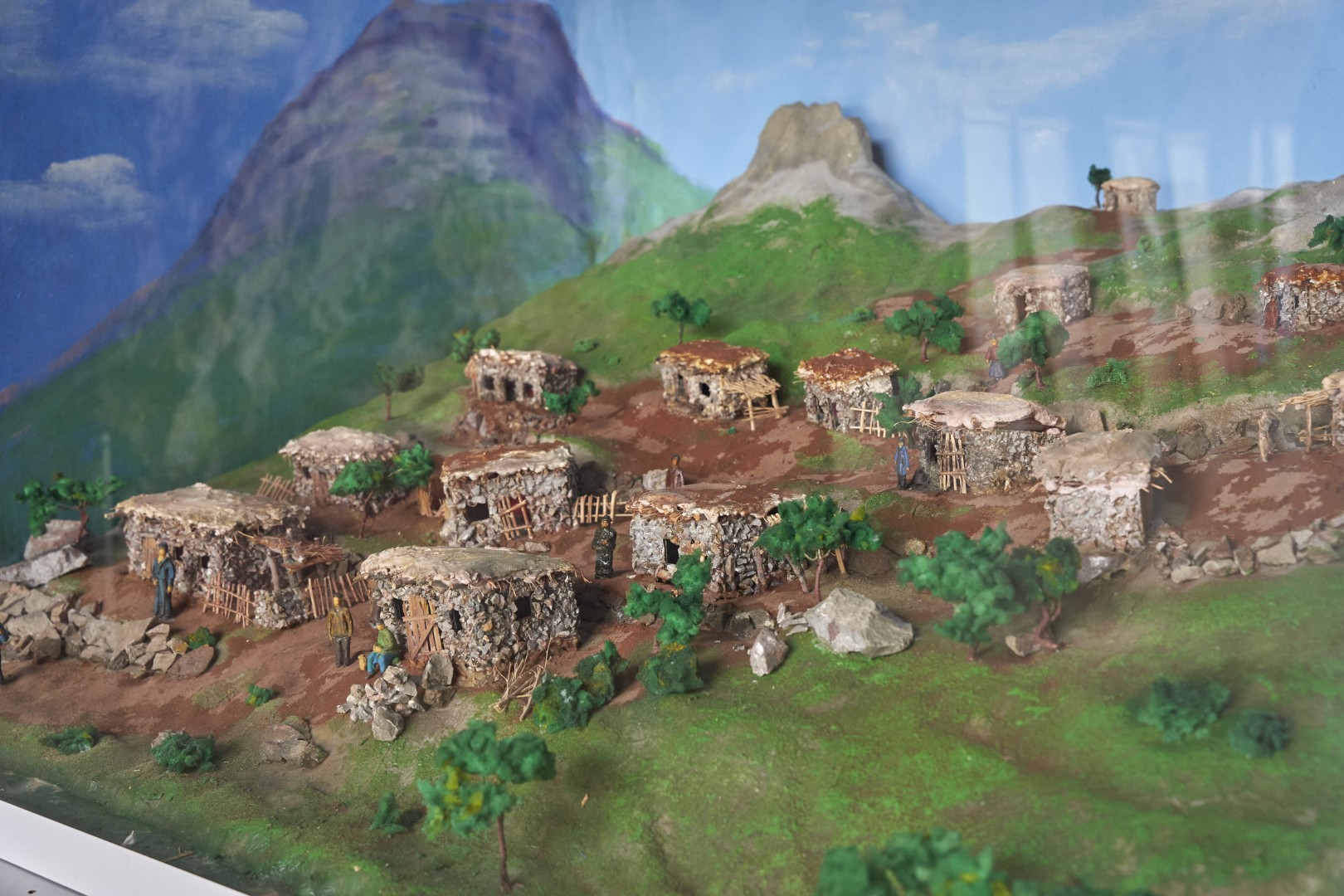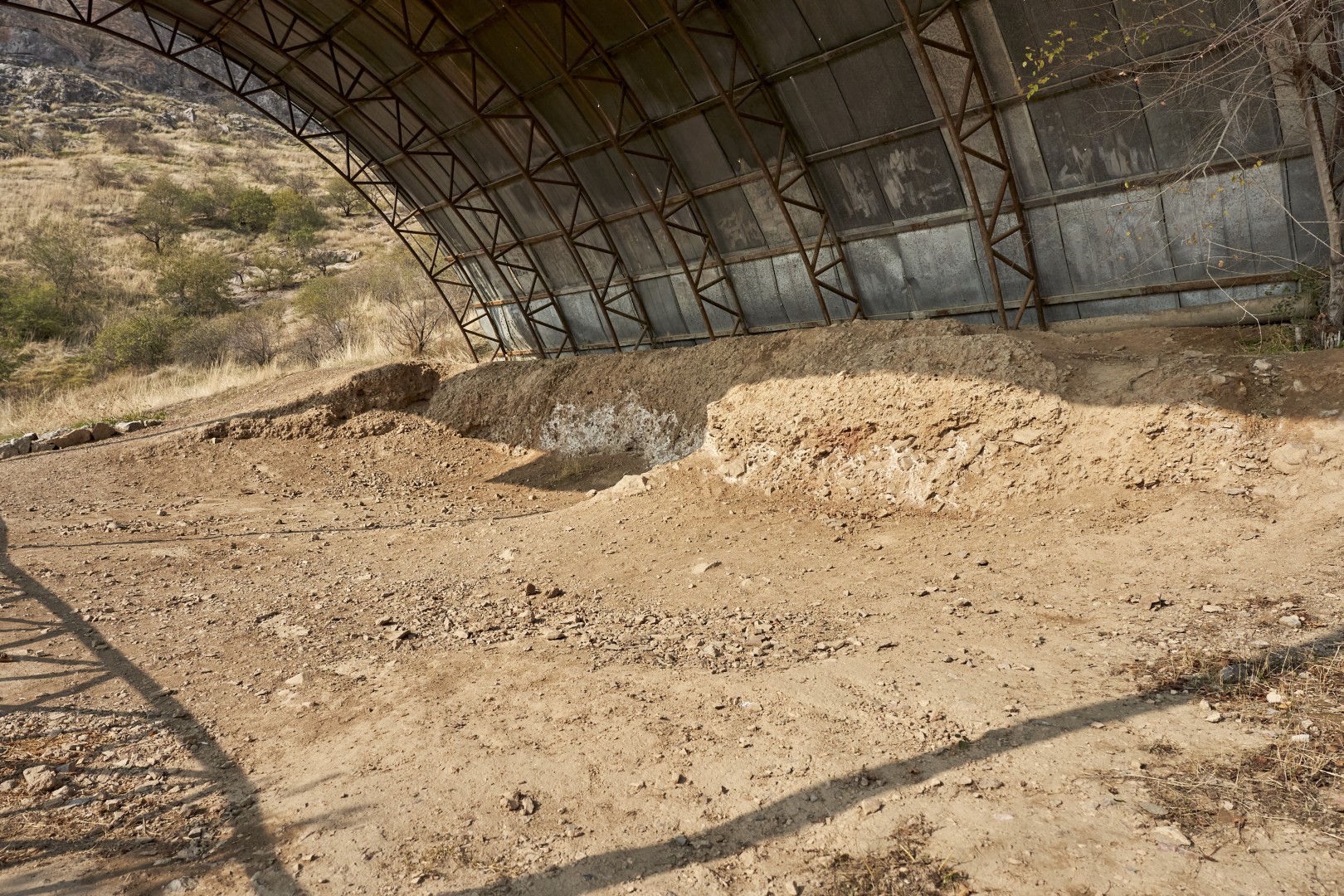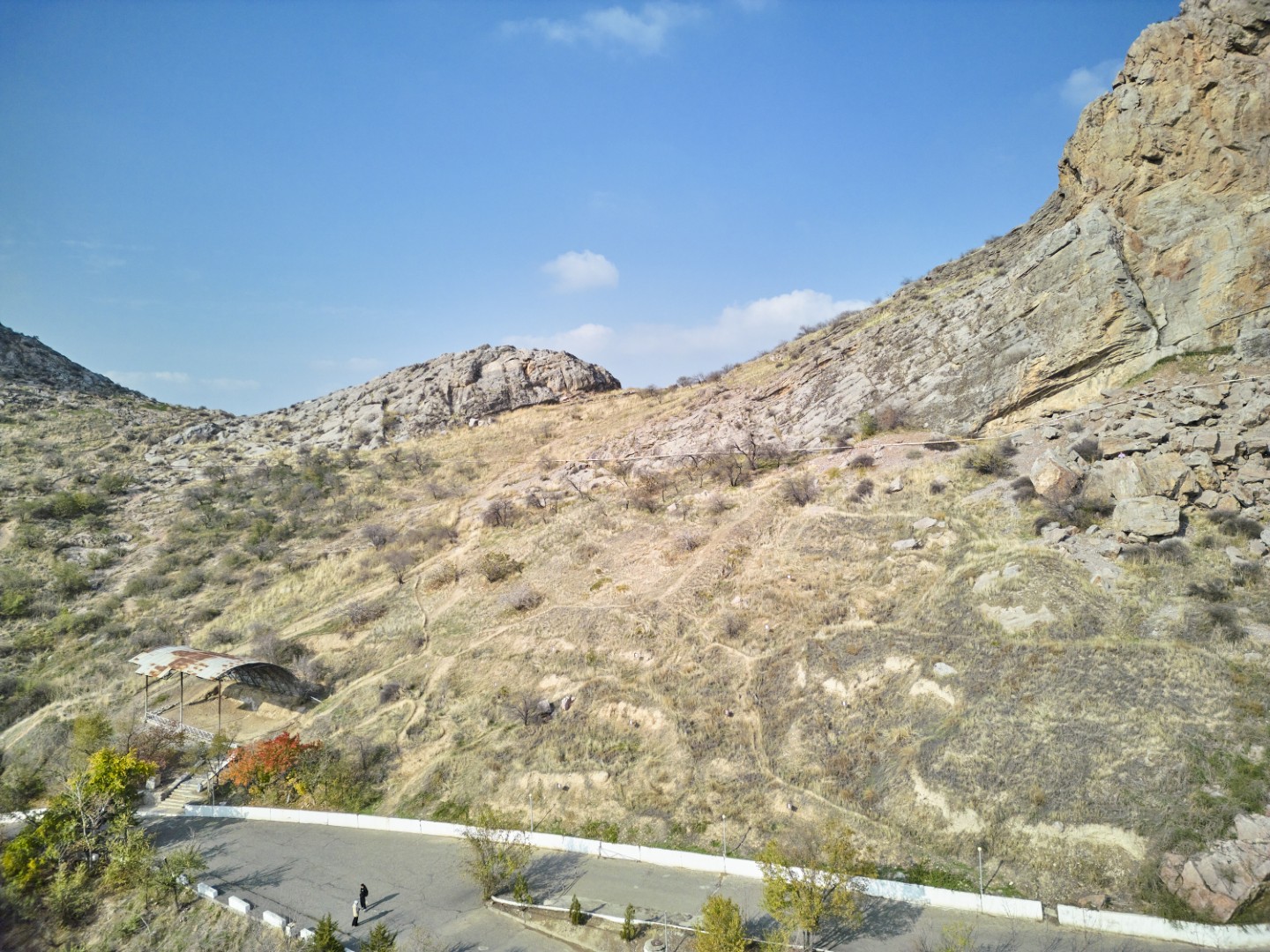

Entrance fee – 50-70 KGS

Summer 09:00 – 20:00

Winter 09:00 – 17:00

Monday

+996 703 57 27 77
Add to My Tour
The beginning: Osh settlement
In 1967, Elena Druzhinina, the Head of the Pre-Soviet History Department of the Osh Regional Local History Museum, found fragments of ceramics identical in origin and decoration to those of the Chust culture on the southern slope of Suleiman Mountain. This archaeological find marks the beginning of the 3,000-year-old history of Osh. At the time, however, the historian was unaware of the full scale of her find.
In 1976, when the road to the new museum in the cave complex was being built, Druzhinina discovered a layer of numerous fragments of pottery dating back to the Bronze Age. From 1979 to 1982, an expedition of the Institute of Archaeology of the USSR Academy of Sciences, together with the employees of Osh Regional Museum of Local Lore and the Osh Pedagogical Institute, was led by archaeologist Yuri Zadneprovsky. The excavations unearthed 15 terraces with 14 dugouts and holes for pillars, 15 household storage areas for grain and food, numerous pottery sherds, different stone tools, slabs, and casting forms across an area of more than 2000 square metres. Burial sites of the inhabitants themselves were also found.
Mud houses with dugouts found on the Suleiman Mountain share similarities with other sites of the Chust culture, the first sedentary farmers of the Late Bronze Age. There was one significant difference: the Osh settlement was terraced, which made it stand out among other settlements of the period. Radiocarbon dating of the Osh settlement determined that it dates from the late 2nd to early 1st millennium B.C.
Many ancient settlements disappeared off the face of the earth, leaving behind only burial mounds and scanty records in historical chronicles. The Osh settlement, however, continued to develop and grow after the Chust period, heedless of the changing historical epochs and times.

Locations Nearby
-

Gate of Fire at Suleiman Mountain
Ancient Osh with its majestic Suleiman Mountain has a magic power, attracting adherents of various religions and beliefs, serving as a place of pilgrimage for…
-
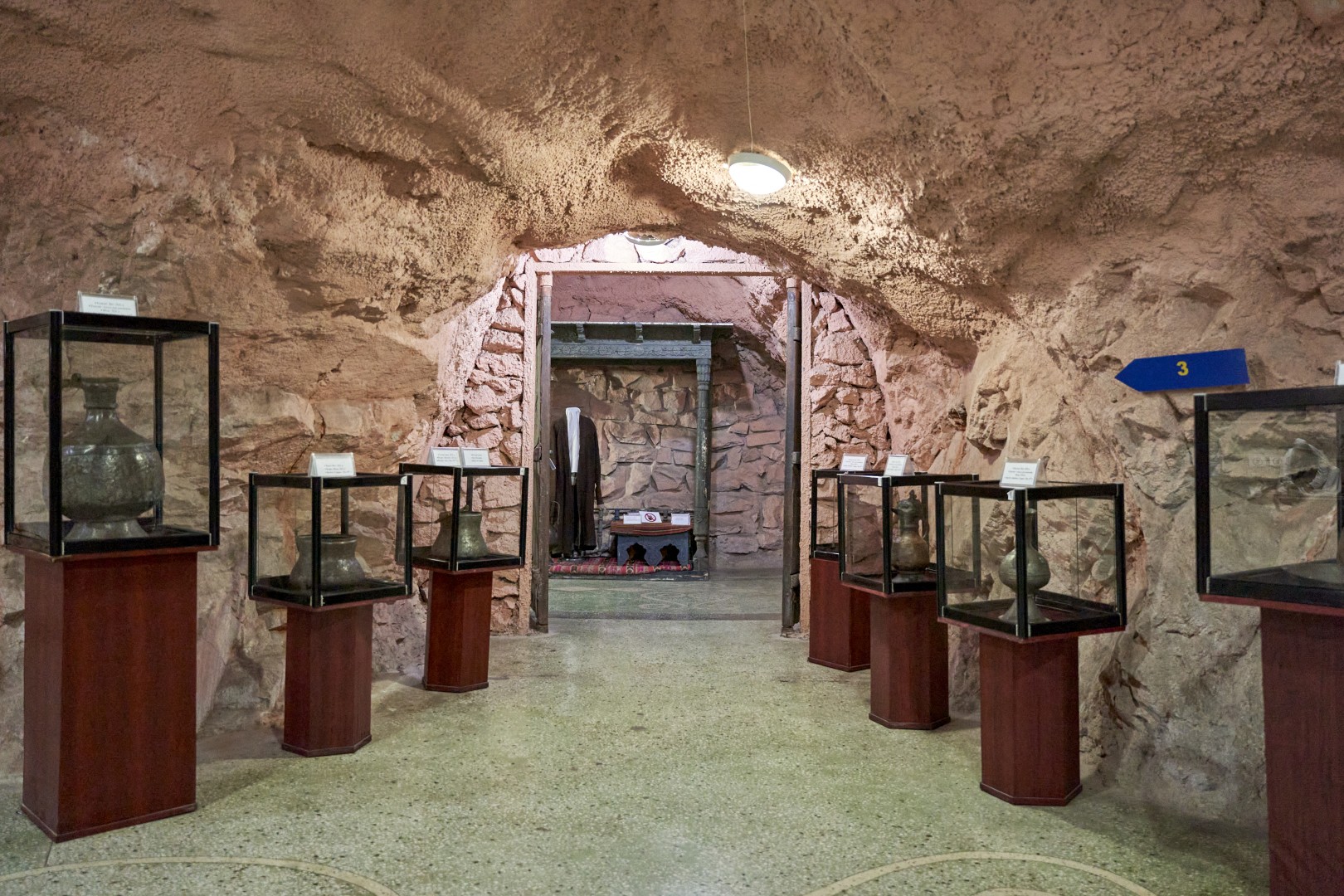
Museum in Rushan Cave
On a hot July day in 1978, the new Historical and Local History Museum of Osh, housed within a winding complex of 13 caves and…
-
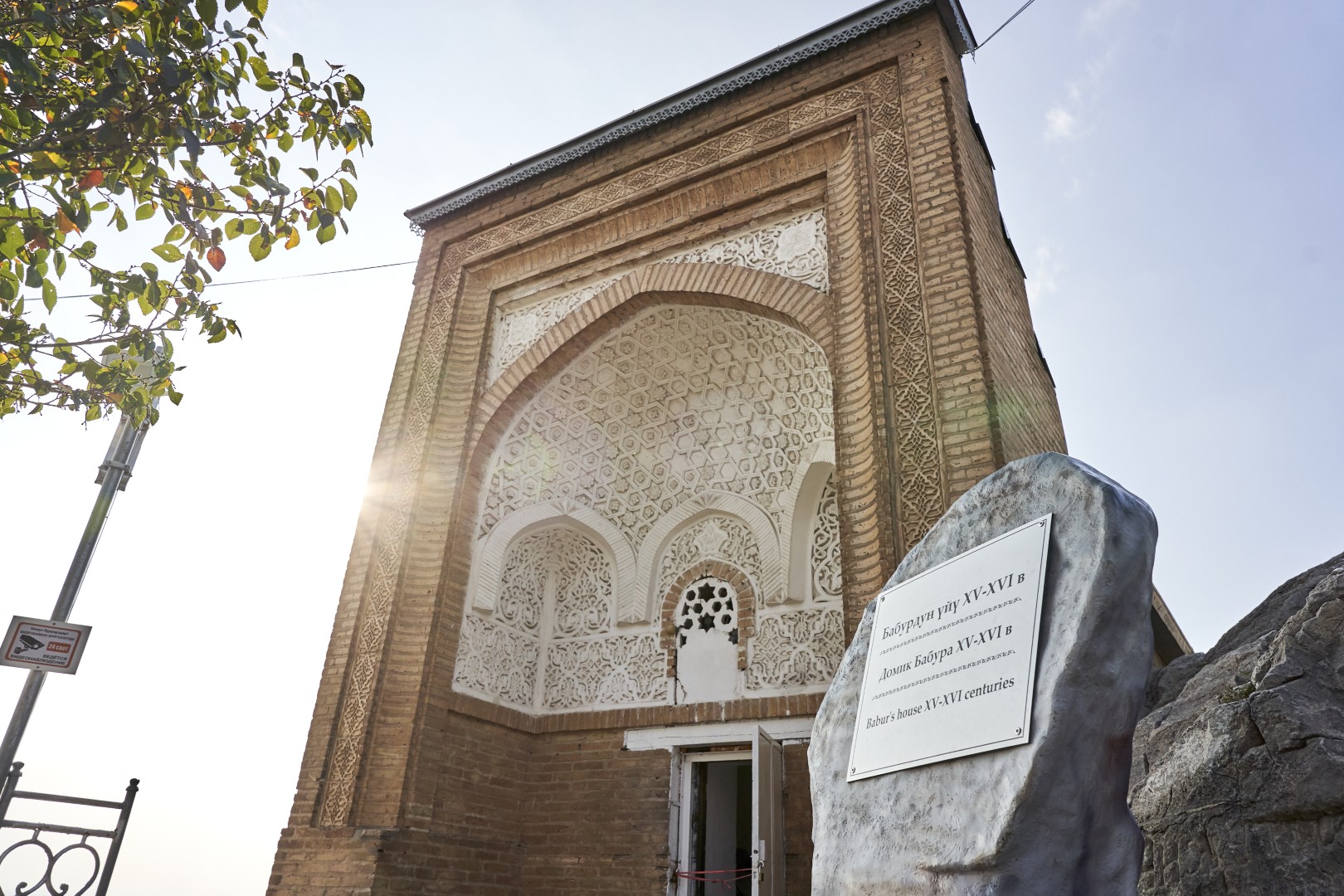
Hujra of Babur, the Founder of the Mughal Empire
The most famous historical monument on Suleiman Mountain is the hujra of Zahīr ud-Dīn Muhammad Babur, the founder of the Mughal Empire in the Hindustan…
-
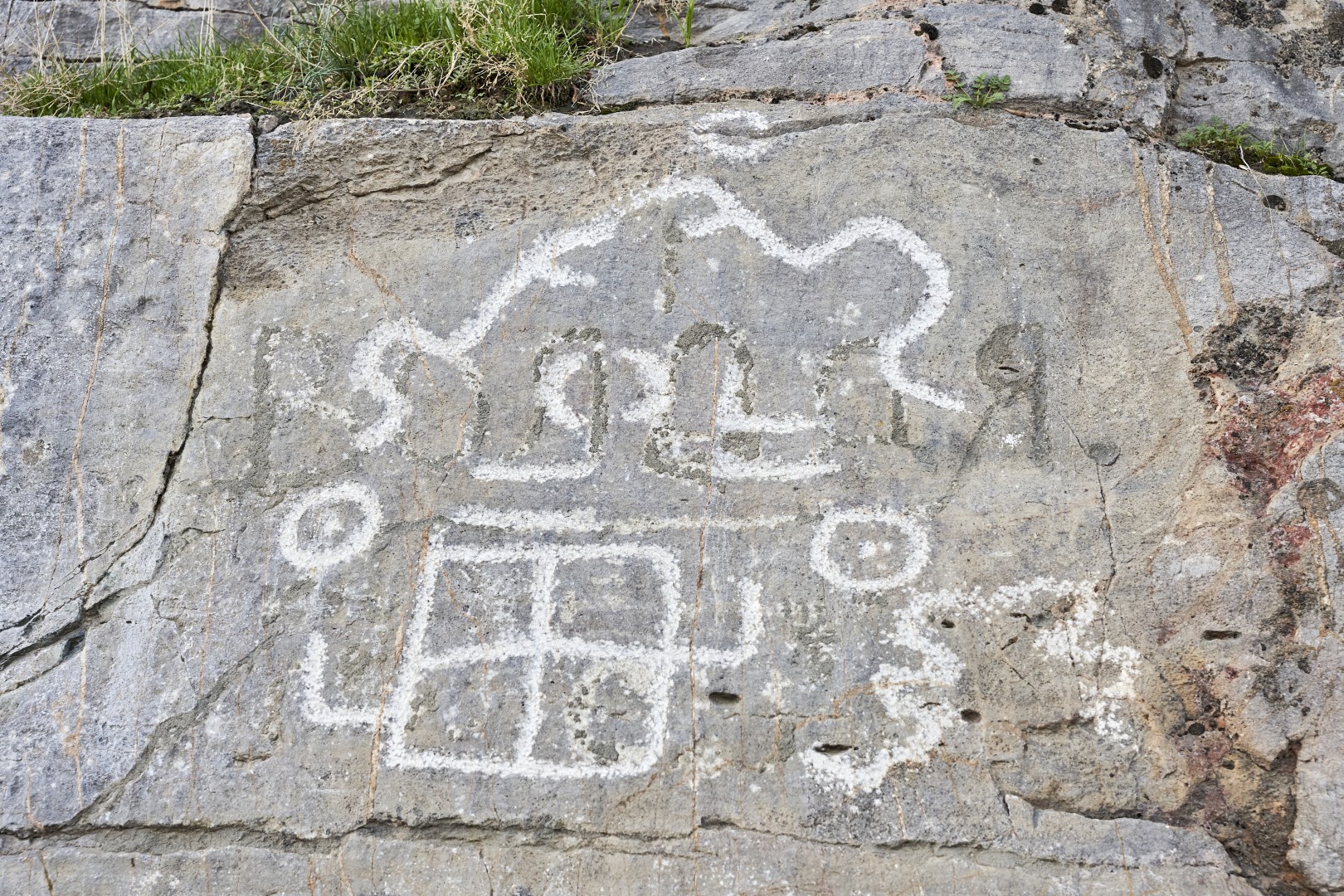
Rock Carvings
Petroglyphs, visual remnants of Osh’s millennia-old history, can be found almost everywhere on Suleiman Mountain. They are most numerous on the southern, eastern, southeastern and…
Other Locations
-
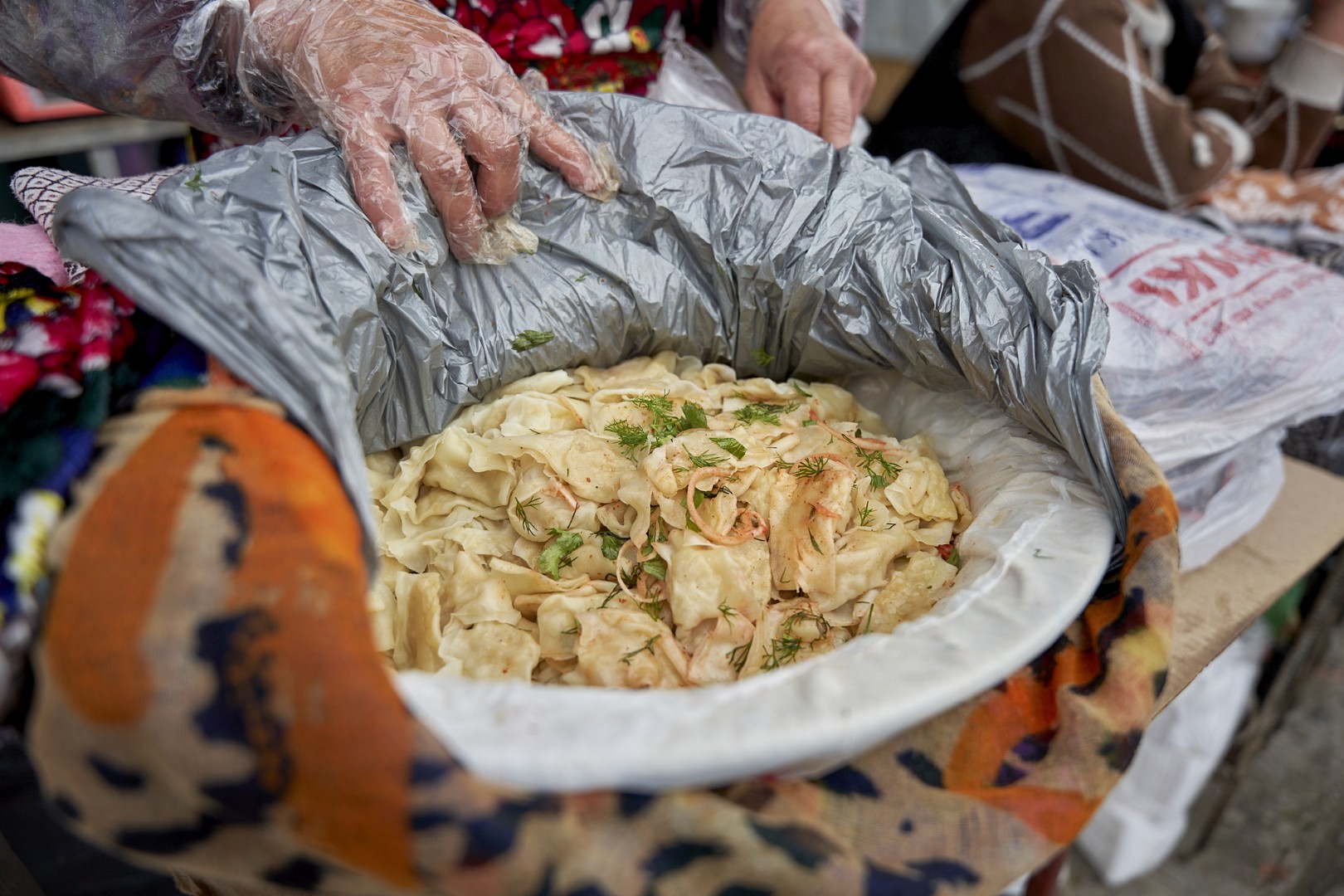
The smallest manti
Maida manti is the most popular vegetarian dish in Osh cuisine. In the past, they were called “Chychkan-manti” (or “mouse-manti”) because of their small size.…
-
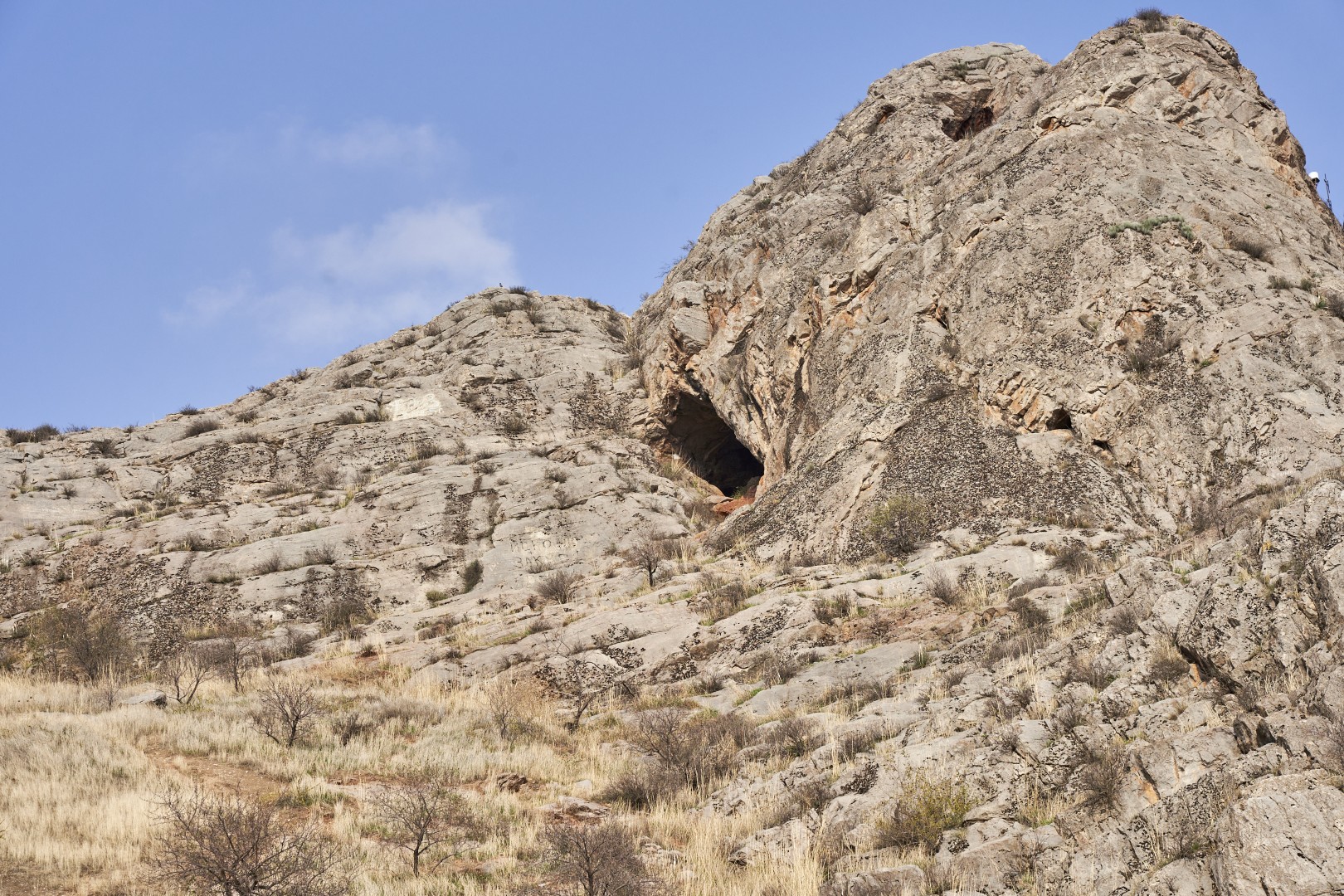
Peaks and Caves of Suleiman Mountain
Suleiman Mountain is a five-headed limestone remnant that measures 1140 meters long by 569 meters wide, located at an altitude of over 1000 meters above…
-

Teshik-Tash
Teshik-Tash is one of the oldest and most colorful passageways to the bazaar, dating back to ancient times. Long ago, it was the most common…
-

Rock Carvings
Petroglyphs, visual remnants of Osh’s millennia-old history, can be found almost everywhere on Suleiman Mountain. They are most numerous on the southern, eastern, southeastern and…
